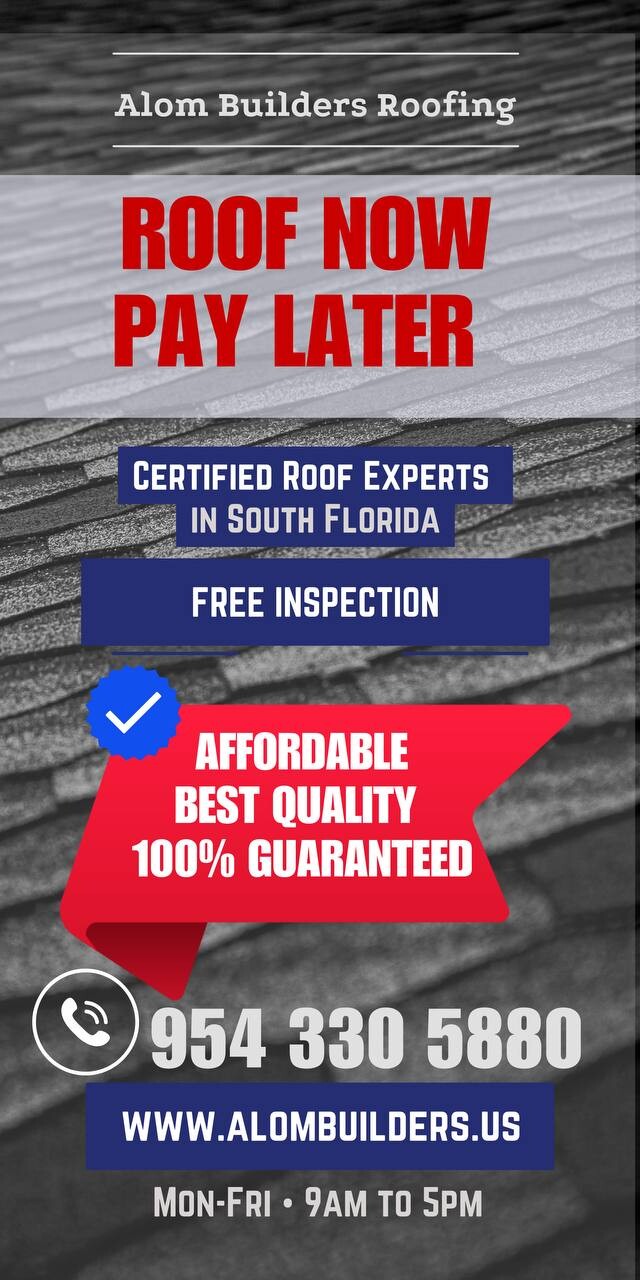[ad_1]
5 Ways to Finance a New Roof: Exploring Residential Roof Loan Options
Understanding the Importance of a New Roof
Before diving into the world of financing options, it’s essential to understand the significance of a new roof for your home. A new roof can significantly enhance your home’s curb appeal, increase its value, and provide a safe and comfortable living space. However, the cost of a new roof can be overwhelming, with prices ranging from $3,000 to $15,000 or more. This is where residential roof loan options come into play, providing homeowners with flexible and affordable ways to finance their new roof.
Home Equity Loans: A Popular Choice for Financing a New Roof
One of the most popular ways to finance a new roof is through a home equity loan. This type of loan allows homeowners to borrow against the equity in their home, using the property as collateral. Home equity loans offer a fixed interest rate, a set repayment term, and a lump sum of money that can be used for a variety of purposes, including roofing repairs or replacement. With a home equity loan, homeowners can borrow up to 80% of their home’s value, minus the outstanding mortgage balance.
Home Equity Lines of Credit (HELOCs): A Flexible Financing Option
Another option for financing a new roof is a Home Equity Line of Credit (HELOC). A HELOC is a revolving line of credit that allows homeowners to borrow and repay funds as needed. Unlike a traditional home equity loan, a HELOC provides the flexibility to borrow only what’s needed, reducing interest paid over the life of the loan. HELOCs often have a variable interest rate, which may adjust over time, and homeowners can borrow up to 80% of their home’s value, minus the outstanding mortgage balance.
Personal Loans: A Flexible and Affordable Option
For homeowners who don’t want to use their home’s equity as collateral, a personal loan can be an attractive option. Personal loans are unsecured, meaning they don’t require a lien on the home, and offer a fixed interest rate and repayment term. With a personal loan, homeowners can borrow up to $50,000, depending on their creditworthiness and income. Since personal loans are not tied to the home’s value, they can be more challenging to qualify for and may have higher interest rates than home equity loans.
Credit Cards: A High-Interest Financing Option
For homeowners who are in a pinch and need to finance a new roof quickly, credit cards may be an option. While credit cards offer instant access to funds, they typically come with high interest rates and fees. Homeowners should be cautious when using credit cards to finance a new roof, as they can quickly accumulate debt. However, if used responsibly, credit cards can be a viable option for smaller roofing projects or as a temporary solution until other financing options become available.
Government-Backed Loans: A Low-Interest Financing Option
Finally, government-backed loans can be an attractive option for financing a new roof. For example, the U.S. Department of Veterans Affairs (VA) offers loan guarantees for eligible veterans and their families. Similarly, the Federal Housing Administration (FHA) offers low-interest loans for homeowners with low credit scores or who are struggling to qualify for traditional financing. These loans often have lower interest rates and more lenient credit requirements than traditional lenders.
[ad_2]
 +1 954-228-7485
+1 954-228-7485 